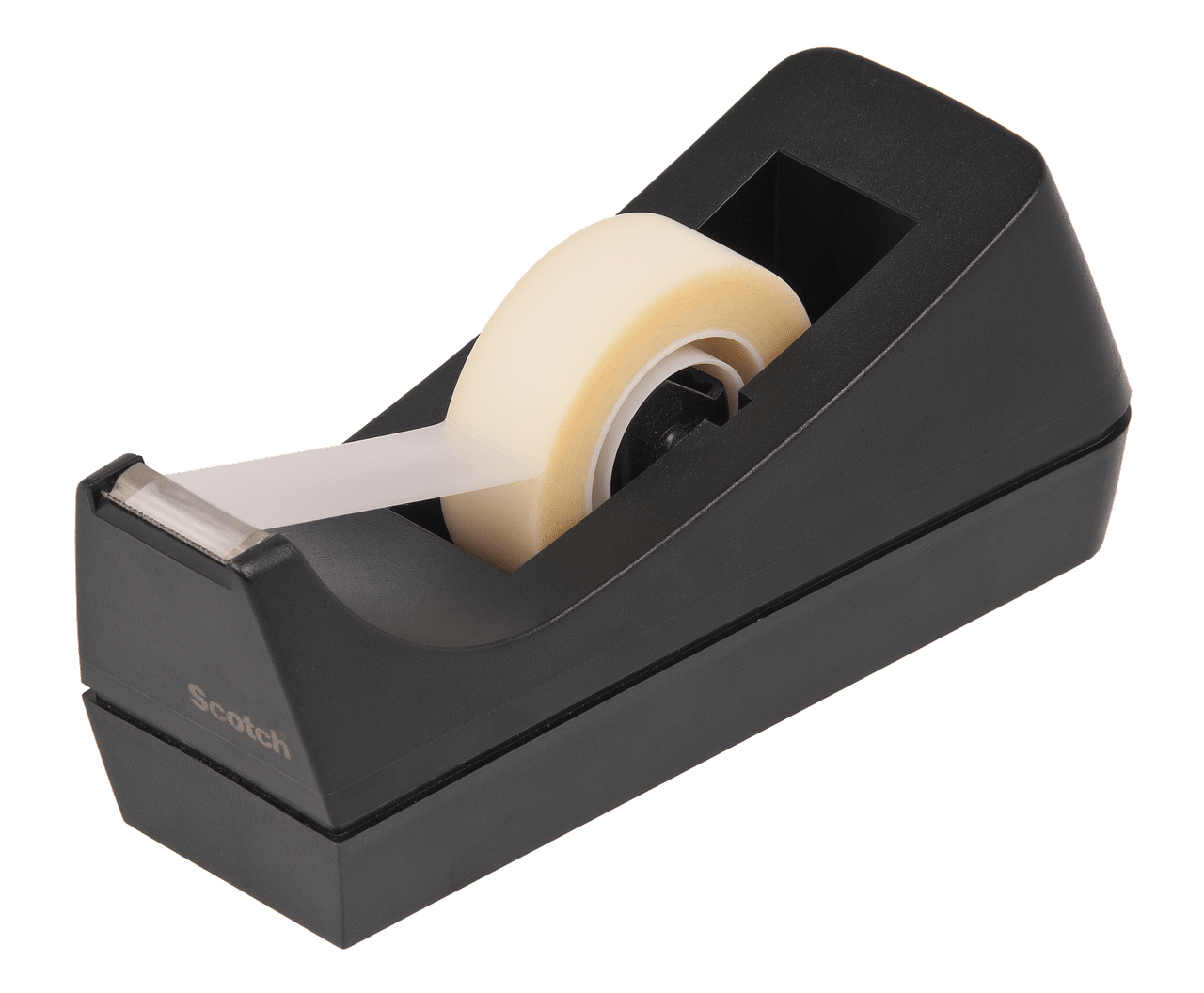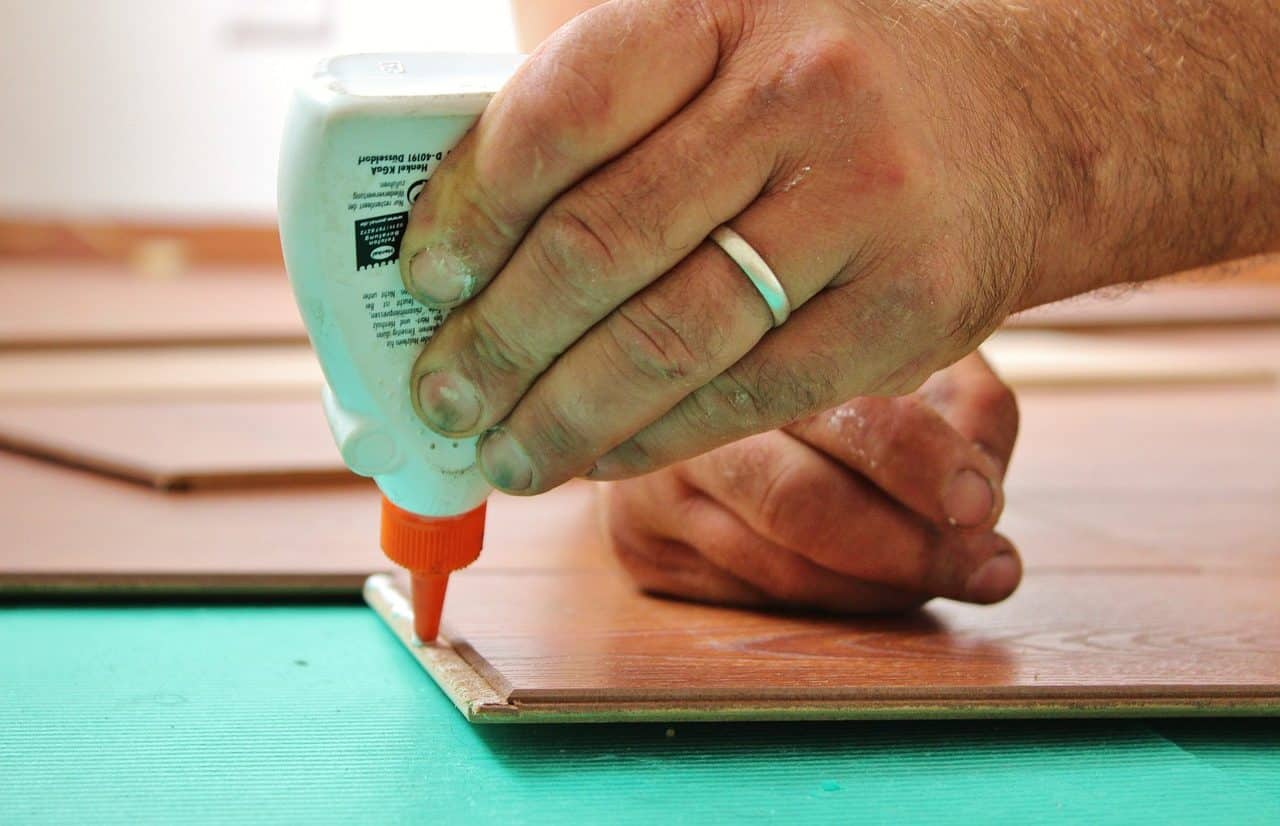
Adhesive is defined as something capable of attaching to something.
Adhesive is an adjective that describes something that has the ability to stick to something . The term in our language comes from adhaesum, a Latin term that in turn derives from adhaerĕo
This last word can be translated as “capable of sticking” and is the result of the sum of three clearly defined components:
- The prefix ad- , which means “towards” .
- The verb haerere , which is equivalent to “to hit.”
- The suffix -ivo , used to indicate a passive or active relationship.
For example: “I'm going to hold the cables with adhesive tape so they don't move,” “My mother gave me a notebook with adhesive paper,” “Rummaging through the trunk, the young man found a book patched with adhesive cloth.”
Adhesive as a noun
The concept is also used as a noun to name the material that, when placed between two elements, adheres them to each other, gluing them : “We use an industrial adhesive to glue the soles of our boots” , “I need an adhesive to fix the poster on the door” , “I glued the decorative stones with a transparent adhesive” .
Adhesives, therefore, ensure that two bodies are joined through surface contact. Adhesion can be due to different causes, from mechanical reasons to magnetic issues.

An adhesive is a glue.
Different types
It is possible to find adhesives in different presentations. Liquid adhesives fulfill their function when they dry and the bond they establish becomes stronger. An example of liquid adhesive is the traditional white glue .
However, within the group of liquid adhesives we find many others such as, for example, those made of natural rubber, those made of silicone and those of the acrylic type.
Among solid adhesives , the most popular are the bars that allow paper or cardboard to be glued, moving them over the surface to be joined. There are also solid powder adhesives.
Regarding their origin , adhesives can come from animal sources (such as glue created from bones or skin) or vegetables (there are adhesives made with corn and potatoes). They can also be developed synthetically (from petroleum, to name one possibility).
Other types of adhesives
In addition to classifying them by their origin or format, we cannot ignore that this work can be undertaken based on another series of criteria. Thus, for example, we can take into consideration what its curing is, which would lead us to find four large groups of adhesives:
- Those who are sensitive to pressure.
- Those that are adhesive by evaporation or diffusion.
- The chemically reactive ones.
- Heat fusion ones, such as elastomers.
If, on the other hand, we classify them according to the use to which they are going to be given, we find three large groups:
- Adhesives for children or domestic use.
- The industrialists. Within this category we can find everything from those used for labeling bottles to those used to make book bindings to those used to make furniture of various kinds.
- Professional adhesives, which are those used by different workers to glue parts or elements with which they perform their tasks.
